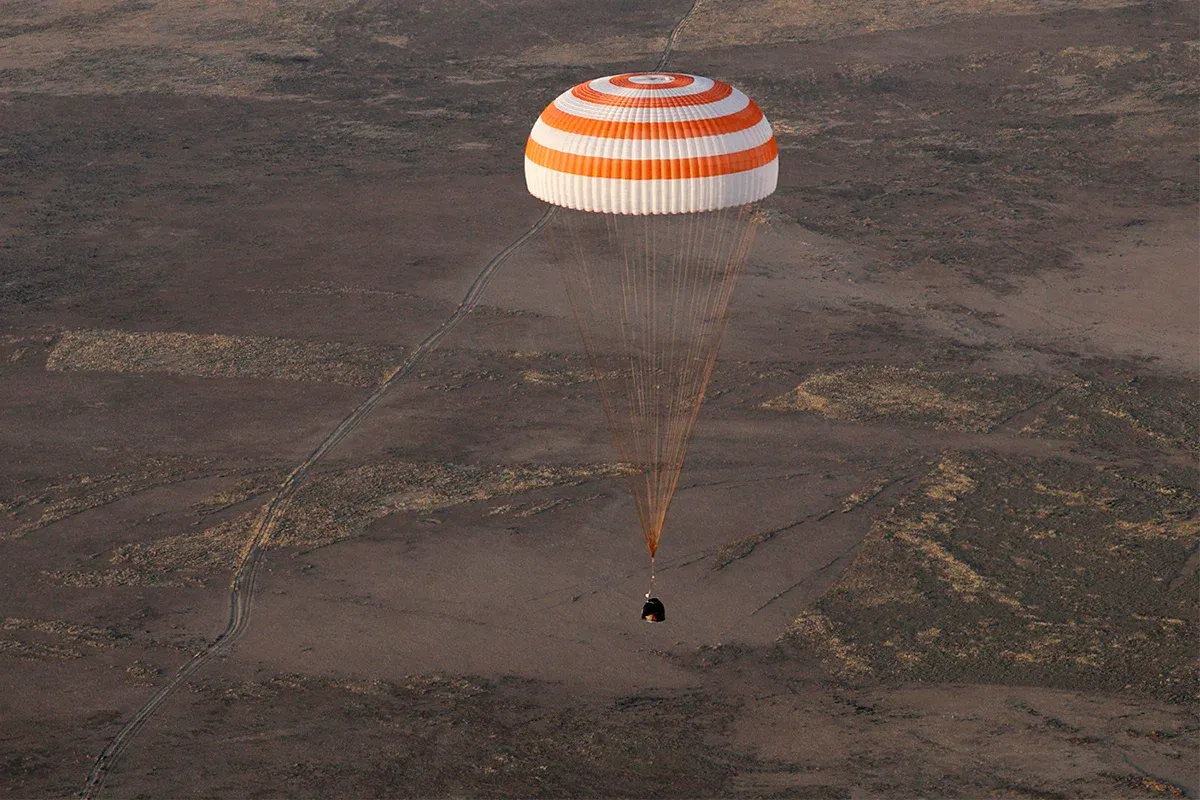The Earth’s atmosphere plays a particularly protective function – when flying into it, space objects begin to burn. As a result, most meteorites and space debris do not reach the surface. Without a protective layer that burns objects entering the atmosphere from the outside, the planet would be constantly bombarded by various objects.
However, this feature of the atmosphere is a problem for astronomers.
How do you bring astronauts back to Earth?
Why don’t ISS vehicles burn in the dense layers of the atmosphere?
world in the porthole
Dense layers of the atmosphere face serious problems threatening spacecraft returning to Earth.
Approaching the planet, objects begin to accelerate under the influence of gravity. As they fly into the atmosphere at this speed, they begin to heat up to significant temperatures due to friction. Below, when there is already a lot of oxygen in the atmosphere, the hot body of such a device begins to burn.
But do astronauts and some valuable equipment need to be returned to Earth?
What combustion problem in the atmosphere did the designers manage to solve?
fireproof capsule
When the news shows reports of the astronauts’ return from the ISS, you can see that the landing capsule is almost black. It charred as it passed through the atmosphere.
But it still didn’t burn!
In order for people to return, the inventors had to meet a set of conditions.
Astronauts who complete their missions fly from the ISS to Earth. The road to home takes 3 hours. All this time people are in a special capsule. It leaves the station and flies towards the planet. In the first stage, the capsule is completely reduced. From the start, the drop speed is 28,000 km per hour. When the brake motors are running, they reduce the speed as much as possible.
At a distance of 140 km from the Earth’s surface, the capsule breaks into three parts. The hardware unit and home compartments burn in the atmosphere. This minimizes the friction area.
It continues to decline with people who already have a very small pod.
A special ablation protection has been developed to prevent it from burning.
The capsule has a curved protective shell that partially reflects the shock wave created in contact with air molecules. This reduces the heating temperature.
The entire body of the small capsule is covered with a special asbestos-based composition. This material is resistant to flash. Because of this, the surface of the capsule begins to burn, but very slowly. The layer is designed in such a way that the burning time is sufficient for the passage of the dense layers of the atmosphere.
As a result of the collapse of the capsule and the resistance of the atmosphere, the speed is gradually reduced to 800 km per hour. At an altitude of 10 km, the brake parachute is launched, reducing the speed and therefore the temperature of the hull.
Just above the earth’s surface, the speed is about 20 km per hour.
The astronauts landed successfully. However, the surface area of the capsule should be as small as possible to minimize friction. Therefore, astronauts literally have to overcome their way home, curled up in a heap in a small capsule.














